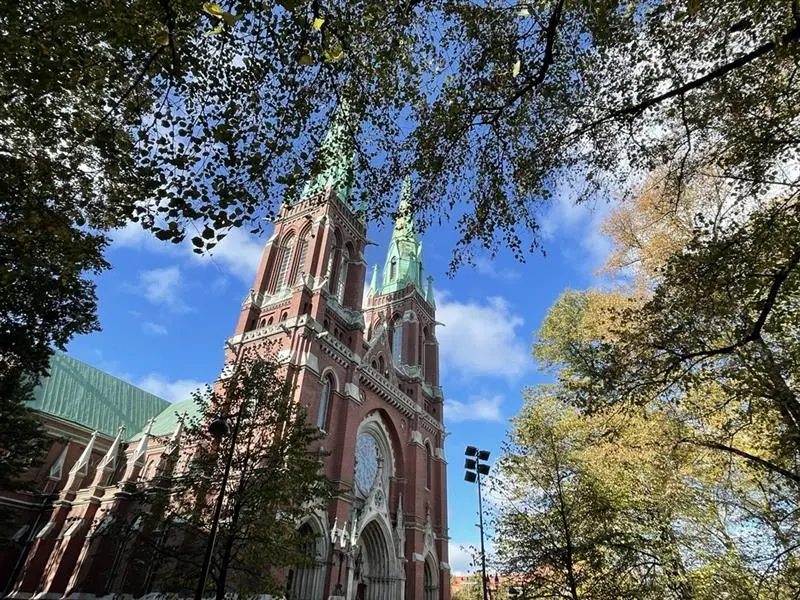
Why was the church built?

Why was the church built?
From the Edge to the Heart of the City in the 19th Century
St. John's Church was built because the lack of space in the churches was so great that a large number of churchgoers could not fit into the services. The population of Helsinki had multiplied during the 19th century. The location of the church was chosen because the area's street planning was underway and a church had been drawn into the plan here. They also considered building it next to the old church and on the hill by the barracks square, but decided that this was probably the best location.
When Adolf Emil Melander won the architectural competition, heated discussions broke out in the press. It was felt that international competitions favored foreign architects and that the design of the church was consistent with Catholic rather than Lutheran services.
At that time, this was still the outskirts of the city, with low red wooden houses. In Rödbergen there were no streets, only paths that led around the larger differences in height in the mountain between the cottages where poor people lived, moved from Katajanokka in the 1870s. There were also more expensive homes in the vicinity of the church square, with residents choosing to settle away from the hustle and bustle of the city. In the 1880s, the large stone houses in the neighborhood around the church began to be built.
Adolf Emil Melander
Adolf Emil Melander was a prominent Swedish architect born in 1845 in Stockholm and died in 1933. He is best known for designing several significant buildings, including the Sörenska Palace in Stockholm, St. John's Church in Helsinki, and various railway stations such as Eksjö station. His work was characterized by elegant proportions and rich decoration, and he left a significant architectural legacy.

